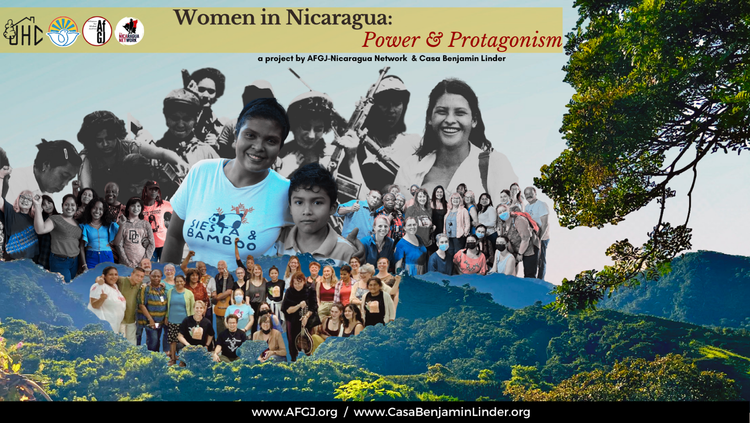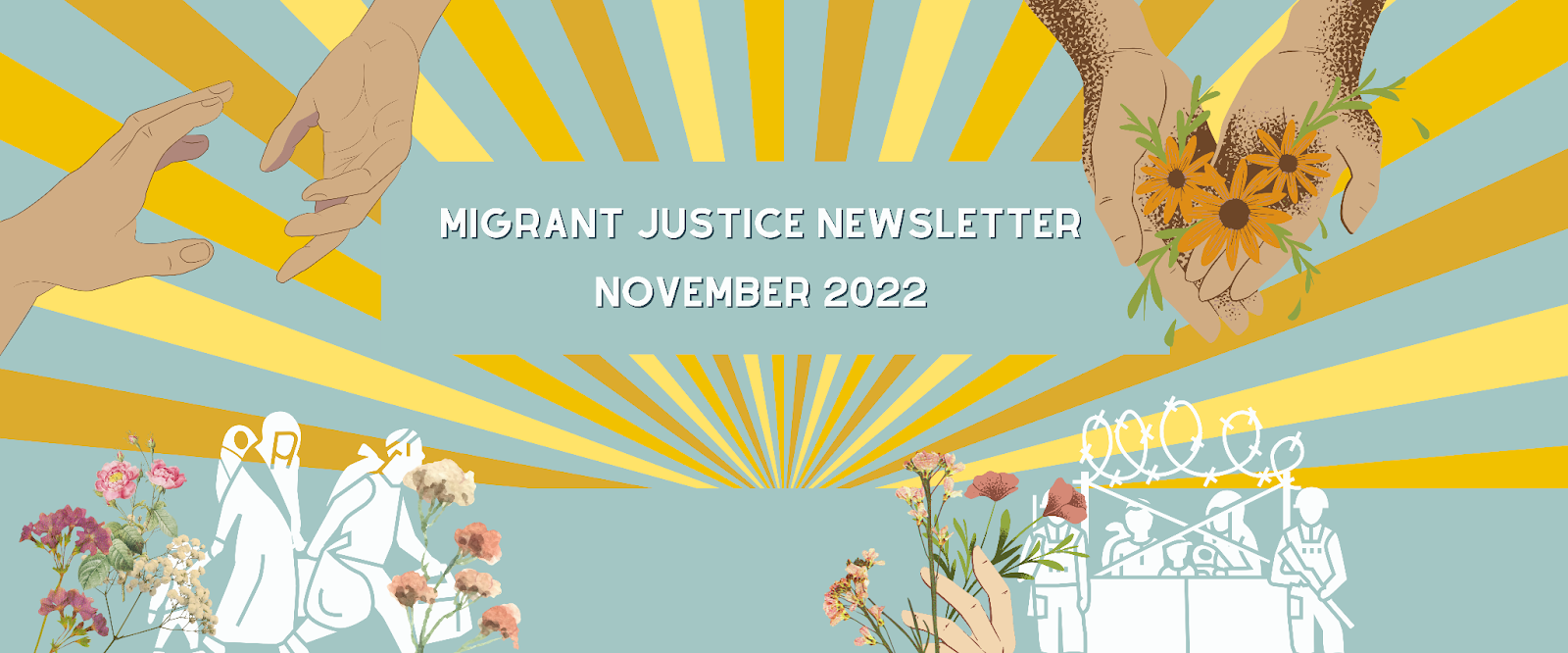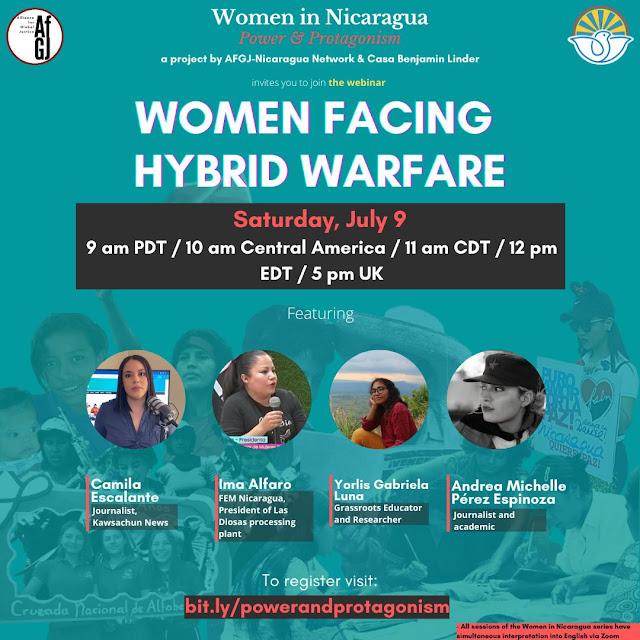Hailing from all corners of the United States and Canada, 22 delegates ranging from the ages of 10 to 80 traveled to Nicaragua from January 7-16, 2023 to investigate the conditions and the lives of Nicaraguan women on a delegation organized by the Jubilee House Community–Casa Benjamin Linder and Alliance for Global Justice. We had the opportunity to meet with a plethora of community organizers, workers, and public officials: from peasant feminist farmers to self-employed unionists; from urban community health workers to nurses and doctors; from battered women’s program directors to women leaders in the police, National Assembly, and Ministry of Women. We met with Nicaraguans from all walks of life and heard their stories of resilience and empowerment despite two hundred years of imperialist aggression and efforts to undermine their sovereignty. We were inspired by the power and protagonism of Nicaraguans and particularly Nicaraguan women and their participation in their communities and governments.
- Home
- About Us
- Issues
- Countries
- Rapid Response Network
- Young Adults
- Get Involved
- Calendar
- Donate
- Blog



